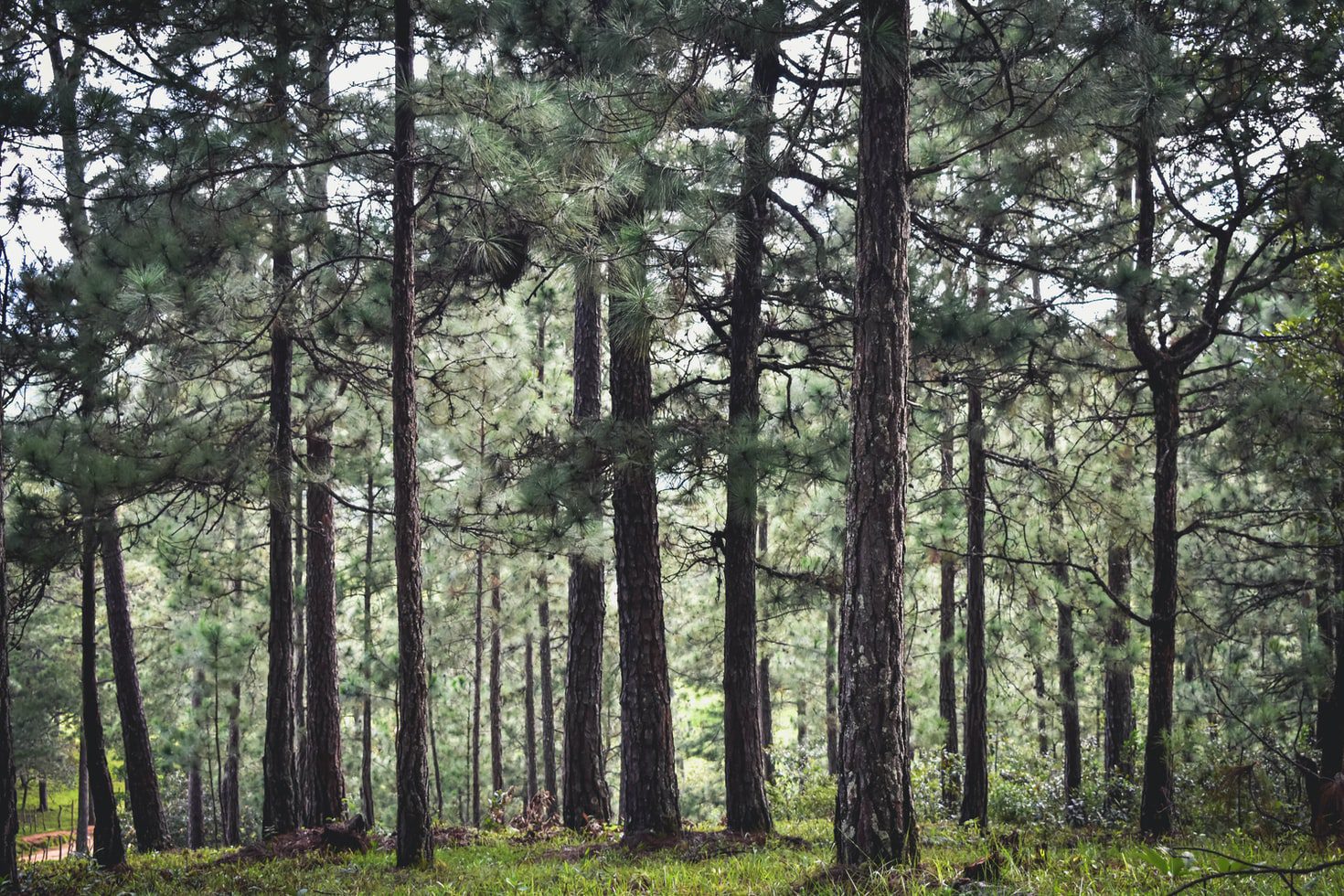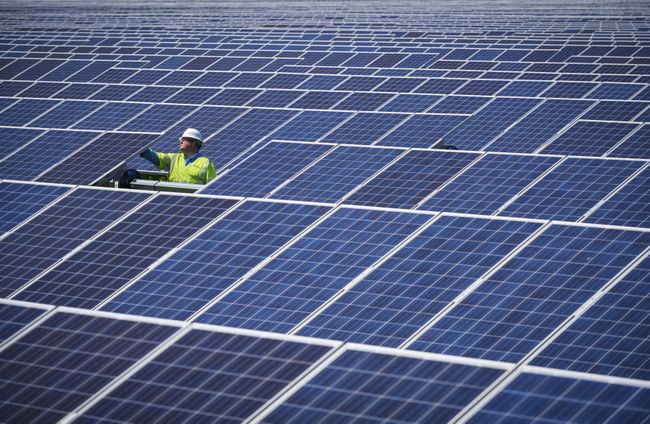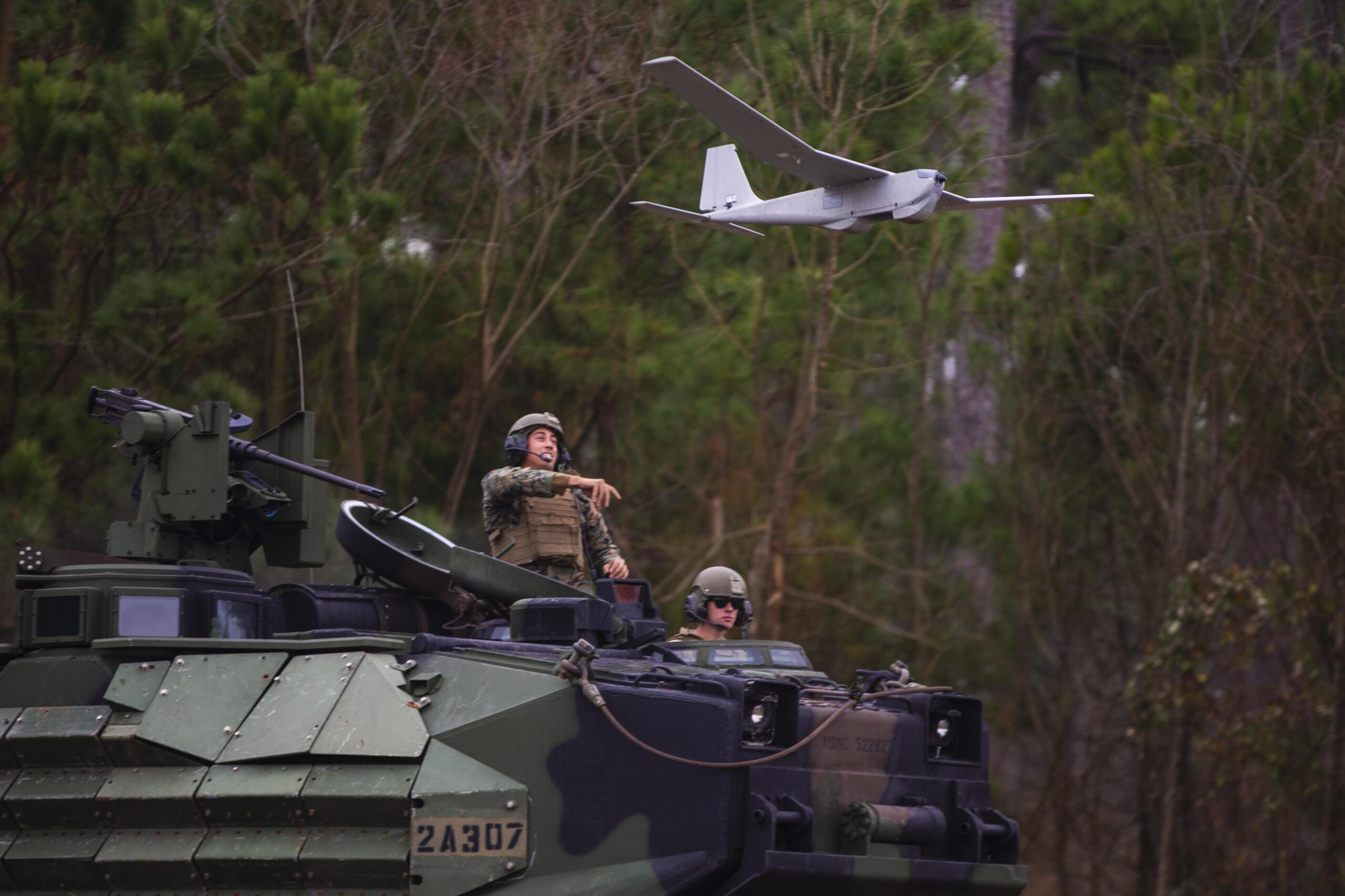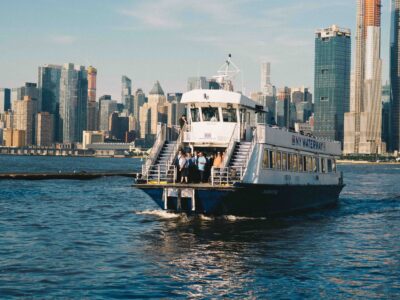When looking into the sustainability efforts in the branches of the U.S. Department of Defense, an increasingly common theme is the role the hundreds of military bases scattered across the American homefront have as clean energy leaders for the communities they serve. This type of “green leadership” can come in many forms.
In Anchorage, AK, Joint Base Elmendorf–Richardson (JBER) is tasked with maintaining the delicate natural balance of the Denali National Park’s ecosystem. The U.S. Air Force base in Mountain Home, ID, prioritizes recycling discarded material from the numerous surrounding landfills. Over in North Carolina, the men and women stationed at Ft. Bragg fulfill their duties through active environmentalism and clean energy innovation.
Much like their counterparts at JBER, Ft. Bragg heavily emphasizes the importance of protecting fragile ecosystems. The dozens of different aquatic, land, and avian creatures that reside there have been doing so long before humans arrived.

The bulk of the sustainability efforts at Ft. Bragg revolves around the documentation and protection of any endangered species native to the nearby area.
Along with noting these animals, it is customary for teams to record any potential threats to their well-being and put plans in place to eliminate these threats. Currently, the base has identified five species as endangered: the Red-cockaded Woodpecker, Saint Francis’ Satyr, Michaux’s Sumac, Rough-leaved Loosestrife, and American Chaffseed.
Each endangered species requires an approach tailored specifically to its needs, whether related to food, shelter, or protection from other predatory creatures. For example, the Red-cockaded Woodpecker became native to the area due to the high prevalence of old, tall, longleaf pine trees. The trees must be mature enough — 80 years old at a minimum — to be habitable for the woodpecker, making logging and controlled burning that is safe for these birds difficult. To mitigate this, Bragg personnel introduced a marking system that paints the bases of longleaf pine trees, warning others to avoid the area.

New projects at Bragg indicate the base is also taking renewable energy generation seriously. The fort awarded Duke Energy a $36 million contract to boost energy resiliency. Much of this funding will go toward creating a solar generation facility.
Once completed, this “floating power plant” will deliver 1.1 megawatts of renewable energy to Ft. Bragg and the local power grid, acting as a failsafe during weather-related power outages.
“This project takes a comprehensive look at the way energy is being used at Fort Bragg and will lead to more efficient energy use and significant cost savings,” said Melisa Johns, Duke Energy’s vice president of distributed energy solutions.





